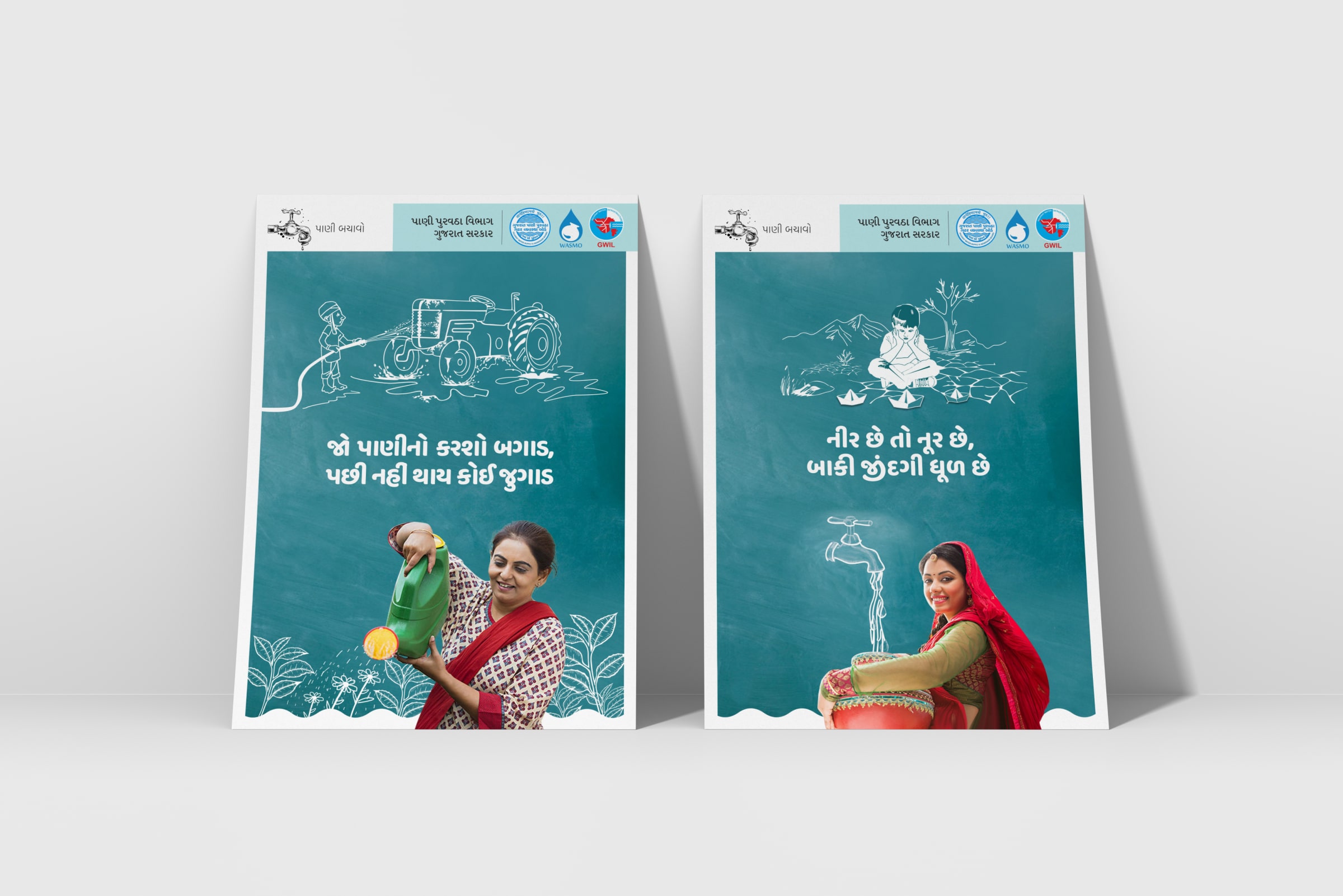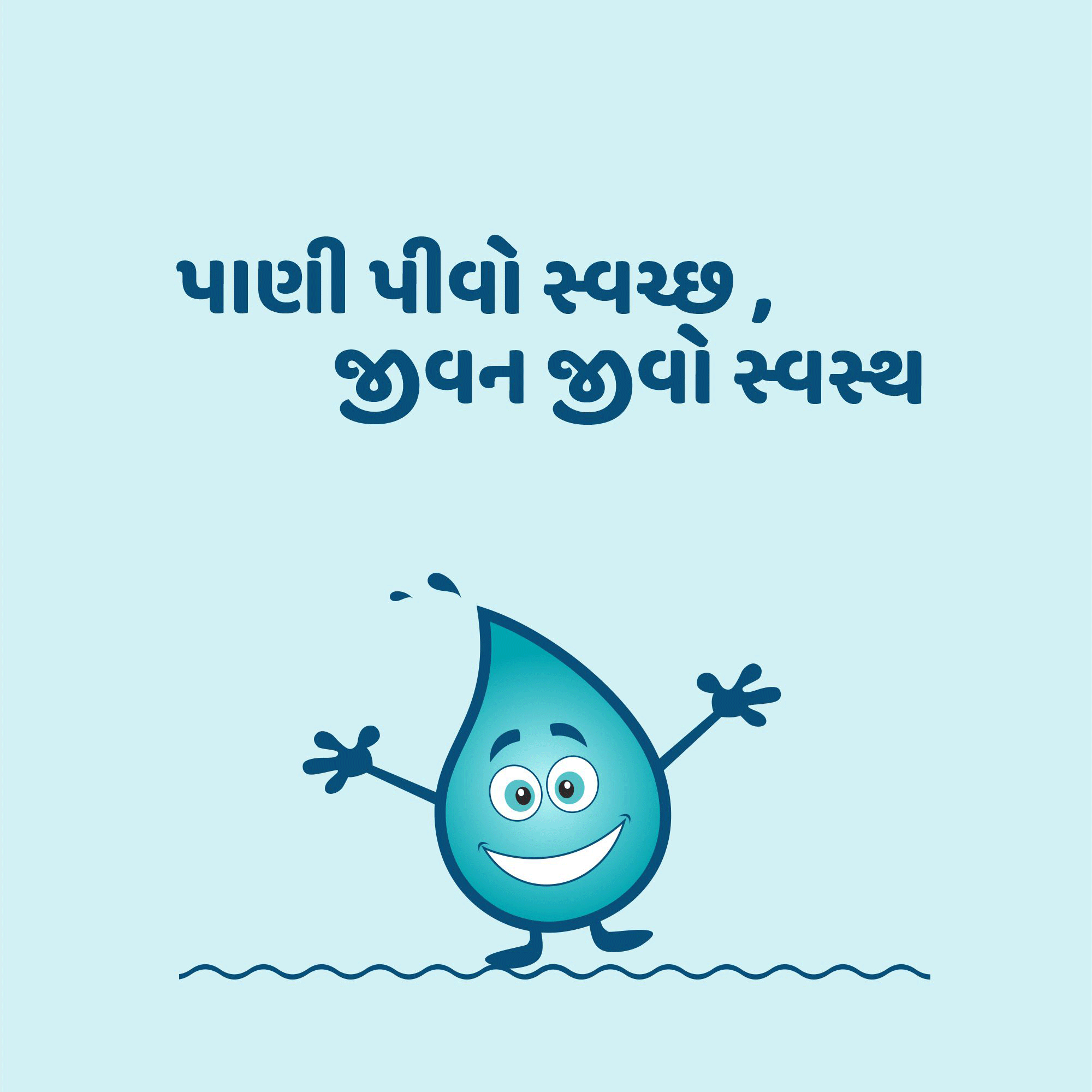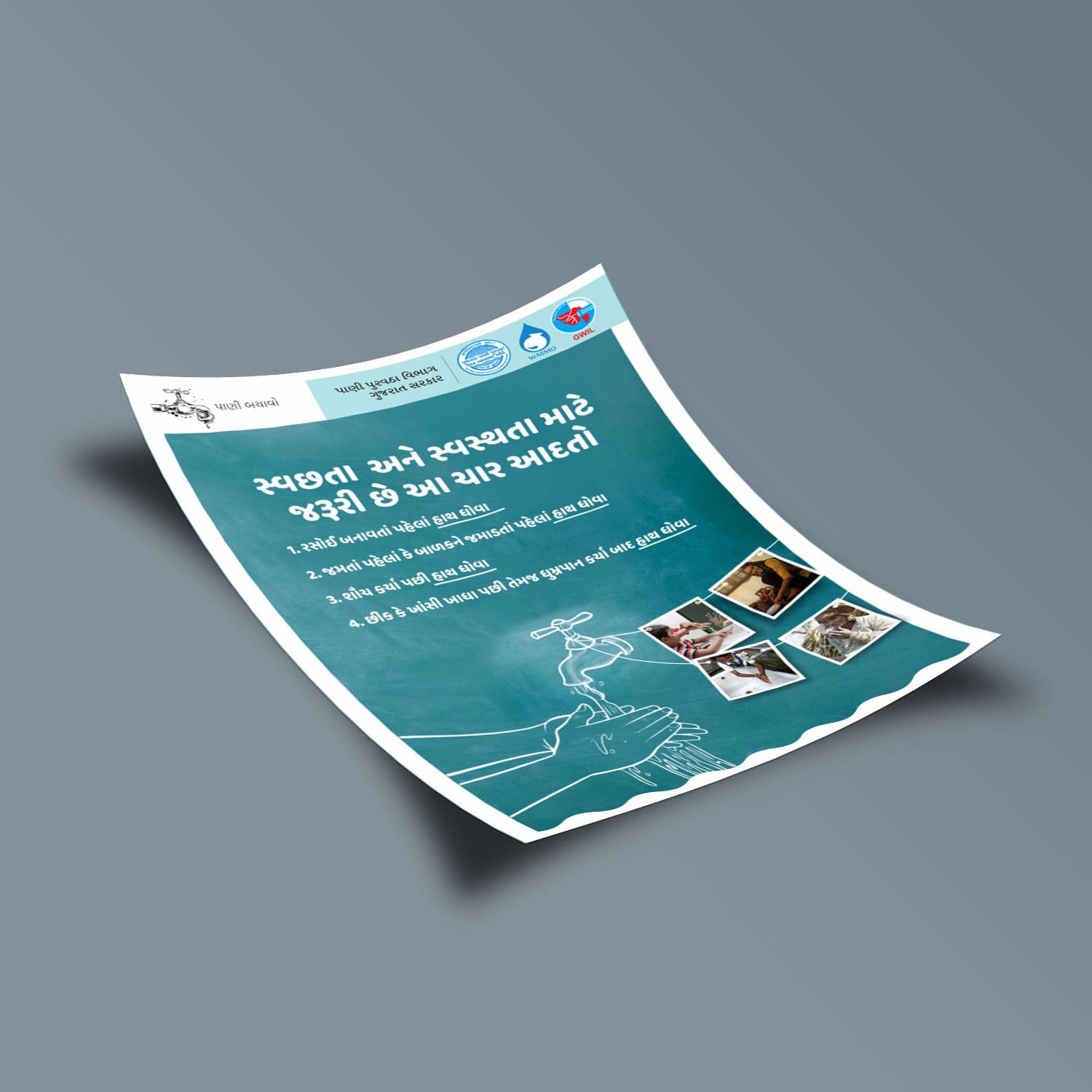Wasmo Soomaali: Unpacking Its Rich Cultural Meanings In Somali Tradition
Have you ever come across the term "Wasmo Soomaali" and wondered what it truly means? Perhaps you've seen it mentioned in various online spaces, and you're curious about its deeper significance. Well, it's a phrase that, in some respects, holds a great deal of cultural weight within the Somali community, and it's certainly worth exploring. This term, you know, isn't always as straightforward as it might seem at first glance, and its meaning can actually shift quite a bit depending on how it's used.
For many, Wasmo Soomaali points to something very, very traditional and deeply rooted in the heart of Somali culture. We're talking about forms of expression that have been around for centuries, passed down through generations. It's not just a casual phrase; it really does represent a cornerstone of how Somali people have shared their stories, their feelings, and their heritage. So, to be honest, it's much more than just a simple translation.
This article aims to peel back the layers and help you grasp the genuine cultural essence of Wasmo Soomaali. We'll look at its origins, its connection to traditional arts, and how it finds a place in modern digital community spaces. By the end, you'll have a much clearer picture of what this fascinating term truly signifies, especially when we consider its long-standing importance in Somali life.
- Karis Hunt
- Denver Nuggets Vs San Antonio Spurs Matches
- Forrie J Smith Movies And Tv Shows
- Best Response For Thank You
- Disadvantages Of Crochet Braids
Table of Contents
- The Heart of Somali Expression: Wasmo Soomaali's True Spirit
- Poetry and Storytelling: The Soul of Wasmo Soomaali
- Niiko and Wasmo Soomaali: A Rhythmic Connection
- Wasmo Soomaali in the Digital Age: Community Hubs
- Understanding the Nuances: A Term with Many Facets
- Frequently Asked Questions About Wasmo Soomaali
- Conclusion
The Heart of Somali Expression: Wasmo Soomaali's True Spirit
At its very core, Wasmo Soomaali refers to a traditional Somali music genre, you know, one that has truly been a cornerstone of cultural expression for a great many centuries. Imagine a blend of poetry, storytelling, and rhythmic sounds, all woven together. This art form, as a matter of fact, is not merely entertainment; it's a vital part of the Somali identity, passed down from one generation to the next.
Their journey, you know, began in the vibrant streets of Mogadishu, where music was always more than just simple tunes. It was a way for people to communicate, to celebrate, and to reflect on life. So, it's pretty clear that these traditional expressions have deep roots in the daily experiences of Somali people, shaping their cultural landscape in a very real way.
This genre, in some respects, captures the very spirit of the Somali people. It tells tales of resilience, love, and community, all through the powerful medium of song and verse. It's actually a rich tapestry of sound and meaning, reflecting the unique heritage of Somalia.
- Michael Darby Net Worth
- Tattoo David
- Are Dreka And Kevin Still Together
- Brothers Keeper Tv Show
- Sabrina Carpenter Bio
The origins of this musical tradition are really quite fascinating. Born and raised in Somalia, Wasmo didn’t start out as some kind of international sensation. Instead, it grew organically from the local communities, from the everyday interactions and shared experiences of the people. This organic growth, you know, makes it feel incredibly authentic and deeply personal to the culture.
Think about the sounds, for instance. There's a certain rhythm and flow that is unmistakably Somali. It's the kind of music that, you know, speaks to the soul, often evoking strong emotions and memories. This emotional connection is a key part of its lasting appeal, really.
The instruments used, too, are often traditional, adding to the unique sound profile. You might hear drums, stringed instruments, and various vocal harmonies, all combining to create a distinctive auditory experience. It’s a very particular sound that, in a way, defines the genre.
This traditional music, you know, serves many purposes in Somali society. It's played at celebrations, gatherings, and sometimes, it's just enjoyed for its pure artistic merit. It really does bring people together, creating a shared sense of belonging and cultural pride.
Over the years, while the core essence remains, the genre has, of course, seen some evolution. New artists have come along, adding their own flair and interpretations, but always with a deep respect for the traditions. It's a living, breathing art form, always growing, yet always connected to its past.
The stories told through this music are often quite vivid, painting pictures with words and melodies. They can be historical accounts, personal narratives, or even just observations about daily life. This storytelling aspect, actually, is what makes it so relatable and enduring for the Somali community.
So, when we talk about Wasmo Soomaali in this context, we're talking about a vibrant, historical, and deeply cherished form of cultural expression. It's a way for the Somali people to keep their heritage alive and to share their unique voice with the world, which is pretty amazing, if you think about it.
Poetry and Storytelling: The Soul of Wasmo Soomaali
Wasmo Soomaali, a term deeply rooted in Somali culture, very much refers to the traditional poetry that holds a really significant place in the hearts of Somali people. This poetic art form, you know, is not just a means of entertainment; it's a profound way to convey history, wisdom, and emotion. It's pretty central to how culture is preserved.
Imagine a blend of poetry, storytelling, and deep meaning. Somali poetry, as a matter of fact, is renowned for its intricate structure and its ability to paint vivid pictures with words. It's a truly powerful medium for expression, often filled with metaphors and rich imagery.
This poetic tradition, you see, has been a cornerstone of cultural expression for centuries. It’s how stories of heroes, tales of love, and lessons about life have been passed down through generations. So, it's more than just verse; it’s a living record of their collective memory.
The oral tradition is incredibly strong in Somali culture, and poetry sits right at the center of it. Poets, or "gabayaa," were, and still are, highly respected figures in the community. They often served as chroniclers, entertainers, and even political commentators, using their words to influence and inspire.
A poem might tell the story of a significant historical event, perhaps a battle or a journey. It could also be a heartfelt expression of personal feelings, like joy or sorrow. This versatility, you know, makes Somali poetry incredibly rich and adaptable to many different situations.
The rhythm and cadence of the language are actually very important in Somali poetry. When recited, these poems often have a musical quality, even without accompanying instruments. This inherent musicality, really, makes them very engaging to listen to.
For instance, a line like "Kalakiciki iya dabsarki waan joojinaya geeri baan ka baqaayaa," might be part of a larger poetic work, reflecting a moment of deep thought or perhaps a character's internal struggle. These phrases, you know, carry a lot of weight and meaning within the cultural context.
Another example, "Ala raggu saqajansana somaliyey wan argagxay saka waxa igu dhacey," could be a personal reflection, a moment of shock or realization, captured in poetic form. Such lines, you know, connect listeners to the human experience in a very direct way.
The art of storytelling through poetry is, in a way, a performance. It's not just about the words themselves, but also about how they are delivered, the intonation, and the emotion conveyed by the reciter. This performance aspect, you know, adds another layer to its cultural significance.
So, when people speak of Wasmo Soomaali in relation to poetry, they are referring to this profound and beautiful artistic heritage. It's a testament to the Somali people's deep appreciation for language, narrative, and the power of the spoken word, which is pretty amazing, really.
Niiko and Wasmo Soomaali: A Rhythmic Connection
Niiko Somali is a traditional Somali dance, you know, where everybody is enjoying and dancing with special movements of the body. It's usually done in between drum beating or music playing, creating a very lively and communal atmosphere. This dance, actually, is an integral part of Somali celebrations and social gatherings.
The connection between Niiko and the broader concept of Wasmo Soomaali, particularly its musical and poetic aspects, is quite strong. Niiko often accompanies traditional Somali music, which, as we've discussed, is a key component of Wasmo Soomaali's cultural expression. So, they go hand in hand, really.
When you see Niiko, you're seeing a physical manifestation of the joy and rhythm found in Somali culture. The movements are often fluid and expressive, reflecting the beats and melodies of the music. It's a very engaging form of cultural participation, if you think about it.
This dance is not just about moving; it's about connecting with the music and with others. It's a way for people to express themselves and to feel a part of something larger. The energy in a Niiko session, you know, can be quite infectious, drawing everyone into the celebration.
The sounds of the drums and the traditional instruments provide the backbone for the Niiko dance. These rhythms, you know, are deeply ingrained in the cultural fabric, guiding the dancers and creating a powerful, immersive experience. It's a very natural flow between sound and movement.
You might see Niiko performed at weddings, festivals, or other important community events. It's a way to mark special occasions and to reinforce social bonds. The dance, you know, brings people together in a joyful and memorable way.
The movements in Niiko can vary, but they generally involve rhythmic swaying, hip movements, and footwork, all in sync with the music. It’s a very expressive form of dance that, in a way, tells its own story without words.
So, when we talk about Wasmo Soomaali in the context of its cultural impact, Niiko is a very important element. It shows how the traditional music and spirit of the culture translate into physical expression, creating a holistic experience of Somali heritage. It's pretty cool, actually, to see it all come together.
Wasmo Soomaali in the Digital Age: Community Hubs
In today's interconnected world, Wasmo Soomaali has also found a significant presence in digital spaces, particularly on platforms like Telegram. Wasmo Somali refers to Telegram channels and groups, you know, focused on topics relevant to the Somali community. These platforms are really important for connecting people globally.
These digital spaces serve as vital cultural hubs for the global Somali community. They offer a place for discussions on cultural topics, sharing news, and exploring lifestyle content. It’s a way for Somalis, wherever they are, to stay connected to their heritage and to each other.
You can, for instance, view and join channels like @somaliwasmochannell right away, which shows how accessible these community platforms are. These channels often share updates, discussions, and various forms of entertainment that resonate with the Somali audience.
Discover the latest updates on Somali Wasmo Channel 2024, for example. These channels learn about its cultural impact, programming highlights, and future prospects in this comprehensive guide. It shows how these digital spaces are evolving and staying relevant to current times.
The content on these channels can be quite diverse. While some might feature traditional music and poetry, others could focus on news updates, community announcements, or even lighthearted lifestyle content. It’s a very broad spectrum, offering something for many different interests.
The prominence of these digital platforms highlights the Somali community's adaptability and their desire to maintain cultural ties, even across vast distances. It’s a modern way of preserving and sharing traditions, which is pretty clever, really.
These channels also provide a space for younger generations to engage with their heritage in a format they are familiar with. It helps bridge the gap between traditional practices and contemporary digital habits. So, it's quite an effective way to keep the culture alive.
The term "Wasmo Somali channel" itself has become a recognized identifier for these digital community spaces. It signifies a place where Somali culture and community discussions thrive online. It’s almost like a virtual gathering place, if you think about it.
So, while Wasmo Soomaali has deep roots in traditional music and poetry, its presence in these digital channels shows its ongoing relevance and its role in fostering a sense of community in the modern era. It's a testament to the enduring spirit of Somali culture, really.
Understanding the Nuances: A Term with Many Facets
The term "Wasmo Soomaali" is, in a way, a complex cultural signifier with layered meanings that can shift depending on context. It’s not just a simple word; it carries a lot of different connotations within the Somali language and culture. This complexity, you know, is why it's so important to understand its various facets.
As we've explored, at its heart, Wasmo Soomaali refers to a traditional Somali music genre that has been a cornerstone of cultural expression for centuries. It also points to the traditional poetry that holds a significant place in the hearts of Somali people. These are the primary, culturally rich interpretations.
However, because language and culture are so fluid, terms can sometimes pick up different associations over time or in different informal contexts. It's important to recognize that while a term might have a broad or informal usage, its core cultural meaning often remains tied to its traditional roots.
When discussing "Wasmo Soomaali," it is, you know, most accurate and respectful to focus on its established cultural interpretations. These include its role as a traditional music genre, a form of poetic expression, and a descriptor for community-focused digital platforms. This focus ensures we appreciate its true significance.
The beauty of a term like this lies in its ability to encompass a range of cultural elements. From the rhythmic movements of Niiko to the profound narratives of ancient poems, Wasmo Soomaali truly captures a significant part of Somali heritage. It's pretty comprehensive, actually.
Understanding these nuances helps us appreciate the richness of Somali culture. It allows us to look beyond superficial interpretations and to grasp the deep historical and artistic value embedded in the term. So, it's about really getting to the heart of things.
The continuous discussion and evolution of such terms in digital spaces, like the Somali Wasmo Channel 2024, also highlight how living cultures adapt and express themselves in new ways. These platforms, you know, continue to be a hub for cultural dialogue and sharing, reflecting the ongoing vibrancy of the community.
So, while the term might appear in various contexts online, remembering its fundamental connection to traditional music, poetry, and community discussions is key. This perspective, you know, offers the most comprehensive and culturally accurate understanding of Wasmo Soomaali. It’s a very important distinction to make, really.
Frequently Asked Questions About Wasmo Soomaali
Here are some common questions people have about "Wasmo Soomaali":
What does "Wasmo Soomaali" truly mean in a cultural context?
In a cultural context, "Wasmo Soomaali" primarily refers to a traditional Somali music genre and a significant form of traditional Somali poetry. It's a cornerstone of cultural expression, blending storytelling, verse, and rhythm. It also describes online community channels that discuss Somali culture, news, and lifestyle, providing a hub for the global Somali community.
Is "Wasmo Soomaali" related to music or poetry?
Absolutely, it is. Wasmo Soomaali is deeply connected to both traditional Somali music and poetry. It encompasses a rich genre of music that often includes poetic storytelling, and it also refers to the poetic art form itself, which holds a very special place in the hearts of Somali people.
How does "Wasmo Soomaali" connect with Somali community online?
Wasmo Soomaali connects with the Somali community online through various digital platforms, particularly Telegram channels and groups. These platforms serve as vital cultural hubs where members discuss topics relevant to the Somali community, including cultural insights, current news, and lifestyle content, helping to keep the community connected globally. You can learn more about Somali culture on our site, and also explore other aspects of traditional arts on this page.
Conclusion
We've journeyed through the many layers of "Wasmo Soomaali," uncovering its deep roots in Somali culture. It's clear that this term is far more than just a phrase; it's a vibrant tapestry woven from traditional music, profound poetry, and dynamic community engagement. From the historical streets of Mogadishu to the bustling digital channels of today, Wasmo Soomaali continues to be a vital expression of Somali identity.
Understanding its true essence means appreciating its role as a cornerstone of cultural expression, a vehicle for storytelling, and a platform for connection. It’s a living testament to the enduring spirit and rich heritage of the Somali people, constantly evolving yet always true to its origins.
- Who Is Gods First Angel
- Memes Of Friends
- Rick Steves Gay
- Good Excuses To Miss Work On Short Notice
- Who Was The First Female Nascar Driver

Wasmo - Trizone India

Wasmo - Trizone India

Wasmo - Trizone India